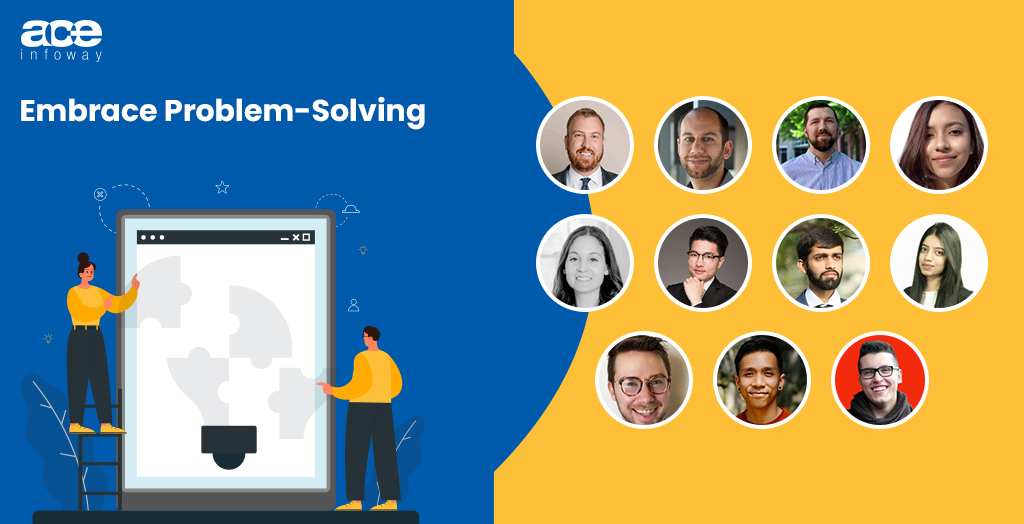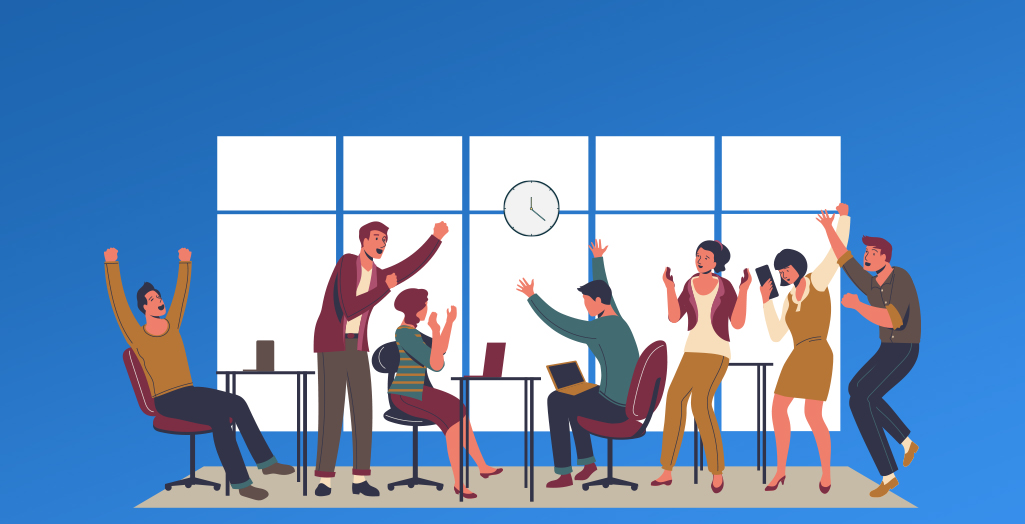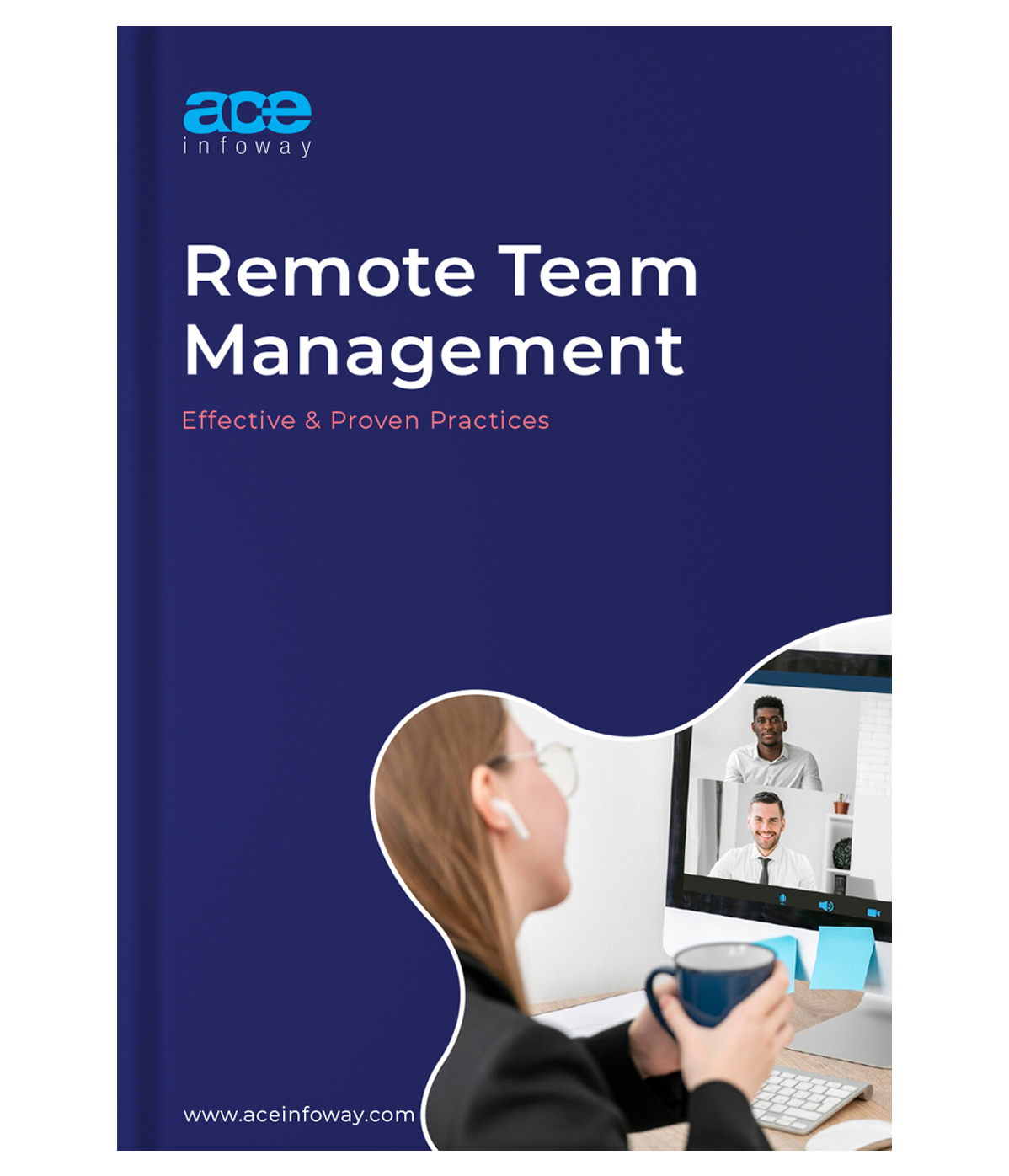Table of Contents
To help professionals in non-creative fields foster creativity and excel in their work, we asked ten experts, including CEOs and managing attorneys, to share their insights. From embracing problem-solving to adopting a “beginner’s mind,” here are their top tips and examples.
- Embrace Problem-Solving
- Lean on Teamwork
- Fueling Brainstorming Sessions by ‘Yes, And’ Approach
- Stay Updated and Foster Autonomy
- Schedule an Innovation Day
- Read Daily
- Embrace Failure
- Organize an Inspiring Workspace
- Try Parallel Thinking
- Create with Iterative Design
- Adopt a “Beginner’s Mind”
1) Embrace Problem-Solving
Extraordinary creativity is either the result of an abundance of natural talents or an overdose of problems. After all, how can we deny that we are often at our creative best when we are up against a problem?
Fostering creativity can be achieved by deliberately jumping into problem-solving opportunities at the workplace. This way, new lessons are learned and fresh creative ideas are picked up while tackling different hurdles. Also, since there is always something to improve or change at the workplace, this learning always goes on!
Riley Beam, Managing Attorney, Douglas R. Beam, P.A.
2) Lean on Teamwork
Teamwork in any profession can enhance creativity. Sometimes, you need to bounce ideas around with other people to think from all kinds of different perspectives. Combining these perspectives can lead to creative ideas and innovative results. Getting outside of your head and learning others’ points of view is a great way to approach work projects with a much wider imagination.
Miles Beckett, Co-Founder and CEO, Flossy
3) Fueling Brainstorming Sessions by ‘Yes, And’ Approach
A valuable practice I’ve personally adopted is not using the word “but” during our ideation sessions, such as “but we can’t” or “but it’s too expensive.” When someone brings up an idea, I reply with an “and” rather than a “but.” When I say “and,” I acknowledge the idea and lend it room to develop. In our brainstorming sessions, this approach has been a real game-changer. By nurturing creativity, we ensure that every idea is given the attention it deserves.
I’ve fully embraced the “yes, and” approach to encourage our team to think without fear of failure. This mindset motivates me and my colleagues to explore new possibilities and contribute. As a result, both the quality and quantity of our creative ideas have increased significantly.
Kane Jason, Transforming Businesses, Ace Infoway
4) Stay Updated and Foster Autonomy
Maintaining creativity in a non-creative field means staying on top of new trends and developments in the industry. It’s about constantly finding new ways to approach familiar tasks and daily routines. Reading industry-related journals and blogs, watching webinars, and joining niche groups on social media are good habits to develop. This not only keeps one informed about the latest trends and technologies but also sparks new ideas and innovative approaches that can be applied in work.
For instance, joining a Facebook group about SEO trends can lead to discovering ideas and suggestions that aren’t even available on Google yet because they are under-the-radar observations and thoughts.
Fostering creativity isn’t solely a personal endeavor—it’s team-wide. Creating an environment where team members are encouraged to brainstorm and explore their own ideas is beneficial. Giving them the autonomy to pursue new projects or tackle existing ones in ways that might not have been considered is also a good practice.
Tristan Harris, Demand Generation Senior Marketing Manager, Thrive Digital Marketing Agency
5) Schedule an Innovation Day
Creativity isn’t confined to traditionally “creative” roles at our company. Fostering creativity can lead to innovative solutions and elevated performance, even in non-creative fields. One approach that has been successfully implemented is cultivating a culture of curiosity.
A monthly “Innovation Day” was initiated. Team members from various departments, including engineering and customer support, brainstorm and explore new ideas on this day. Questions are encouraged, assumptions are challenged, and diverse perspectives are embraced. This practice sparked creativity across different roles and led to tangible improvements in our product and team satisfaction.
The focus is on looking beyond the conventional and encouraging everyone to think outside the box, regardless of their job title.
Madhurima Halder, Content Manager, Recruit CRM
6) Read Daily
As the CEO of Bemana, a recruiting firm specializing in the industrial sector, I’ve always made time to read, even when my career was at its busiest. I believe the habit has improved my performance in more ways than one.
For starters, my vocabulary has improved, helping me get big ideas across to employees quickly. I’m also more in tune with lifestyles and cultures other than my own, opening my mind to alternate methods of business. But the biggest reason I read, other than for leisure, is to hone my narrative skills.
As a recruiter, I’m often selling a vision to a company or client; in a way, I’m laying out their future. Storytelling has defined human communications throughout history; giving a beginning, middle, and end to what otherwise would be a list of attributes or tasks helps me explain the value in us reaching one goal together.
Linn Atiyeh, CEO, Bemana

7) Embrace Failure
Fear of failure can hinder creativity. Professionals in non-creative fields must recognize that failure is an inevitable part of the creative process. By embracing failure as a learning opportunity, individuals can push boundaries and take risks. Analyzing mistakes and seeking ways to improve leads to personal growth and a more creative approach to problem-solving.
Span Chen, Growth Director, Notta
8) Organize an Inspiring Workspace
Your physical environment significantly impacts your creativity. Organize your workspace in a way that inspires you. Surround yourself with visually appealing elements, such as artwork or plants. Keep your workspace clutter-free to minimize distractions. Experiment with lighting, colors, and textures to create a space that promotes focus and inspiration.
Adil Advani, Marketing Director, AnySoftwareTools
9) Try Parallel Thinking
At our solar installation firm, I’ve learned that creativity isn’t confined to the arts; it’s essential in all professions, including ours. Take my case as an example.
Rather than adhering strictly to traditional methods, I fostered creativity through a practice called parallel thinking. It’s a process where, instead of debating each other’s ideas, my team and I discuss a topic from several angles simultaneously. For instance, when finding a way to streamline installations, we used this method to think up innovative strategies, like developing a unique scaffold system that drastically cut our installation time.
Haya Subhan, General Manager, Solar Panel Installation
10) Create with Iterative Design
I have a Fine Arts degree in sculpture, but now work in software/logistics. In school, one thing I learned to do was iterate.
Professionally, when I need to be creative (e.g., designing a screen/process), I create three to five quick and dirty iterations. These rarely see the light of day. I pick the two or three that draw my eye and highlight the things I like about each. Then, I try again. Usually, after the second or third iteration, I have a couple of good options to present to my team or client. They offer feedback, and I work on another iteration.
This is a process of layers; you are not aiming for a single home run. These layers give you lots of practice in creating, so next time, it goes faster. They protect your ego because you weren’t banking on a single big win. They also provide options. You can add more iterations or even step back a couple of iterations.
Finally, my favorite part is that all the “failed” versions can be used in the future. Your very own Rolodex of ideas.
Daniel Krentz, VP of Product and Operations, Wireless Data Systems, Inc.
11) Adopt a “Beginner’s Mind”
One effective strategy I’ve adopted to foster creativity is embracing what Zen Buddhism calls a “Beginner’s Mind.” This concept involves viewing things as if for the first time, with a sense of curiosity and openness. It’s about letting go of preconceptions and assumptions, and approaching tasks, challenges, and problems as a beginner would. For example, when we first started planning our online coaching modules, we approached it as if we knew nothing about coaching or online courses.
Adopting a “Beginner’s Mind” led us to completely reevaluate how coaching could be delivered online. This resulted in the creation of a unique and interactive module, entirely different from traditional coaching methods.
Bayu Prihandito, Psychology Expert, Life Coach, Founder, Life Architekture
Conclusion
Remember, creativity knows no bounds; it’s a skill that can be honed and applied across all industries, driving innovation and success. So, why wait? Seize these techniques endorsed by experts and set forth on an adventure filled with boundless potential. Your creative spark could be the catalyst for a profound transformation in your work and business.

























